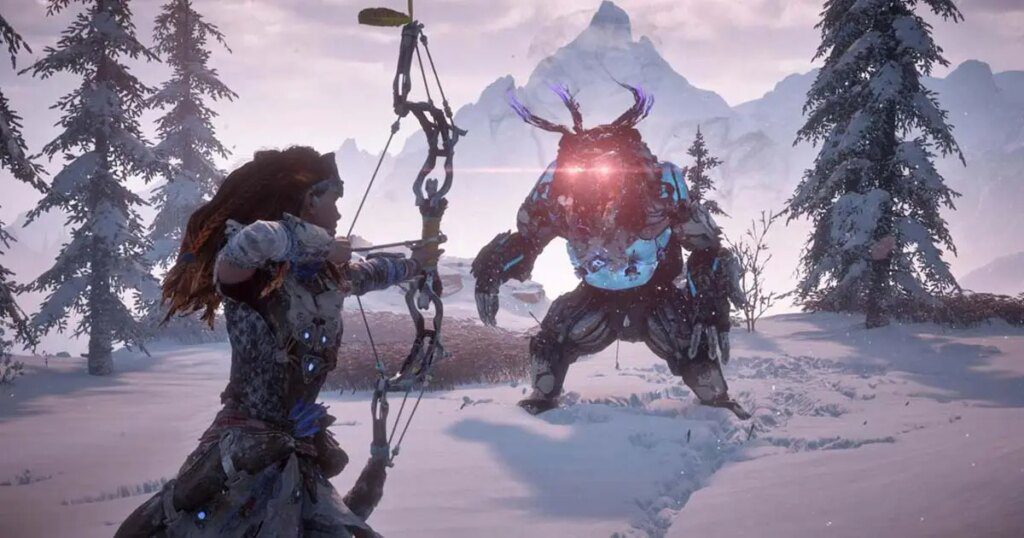Game development involves a complex and multi-stage process that requires collaboration between various teams, including designers, programmers, artists, and sound engineers. The process comprises several stages, including concept and pre-production, production, post-production, launch, and maintenance, with each stage requiring meticulous attention to detail. Game developers face challenges such as meeting tight deadlines, working with a limited budget, finding the right talent, dealing with complex technologies, and keeping up with emerging trends. However, with the right planning, strategies, and teams, game developers can create great games that stand the test of time.
A Look at the Game Development Process: From Concept to Completion
Introduction
Game development is a complex and multi-stage process that requires collaboration between various teams, including designers, programmers, artists, and sound engineers. It involves transforming a simple idea into a fully-fledged game that is not only enjoyable but also engaging for the player. There are different approaches to game development, but most follow a similar process, albeit with varying degrees of complexity.
The Game Development Process
The game development process comprises several stages, each with its own challenges, deadlines, and milestones. Here is a breakdown of the typical game development process:
Stage 1: Concept and Pre-Production
The first stage of game development involves generating ideas and deciding on the game’s concept. This is where the game designers brainstorm ideas, come up with a storyline, characters, and the overall look and feel of the game. This stage is followed by pre-production, where the team outlines the key features, gameplay mechanics, and user interface design. They also create a rough storyboard, level design, and concept art to visualize the game’s overall structure.
Stage 2: Production
The production stage is where the game development team creates the game’s actual content. This is where the game programmer writes the game’s code, the artists create the game’s visuals, and the sound engineers work on the game’s audio. The designers create the game’s levels, puzzles, and challenges, while the QA team ensures that everything is working as intended.
Programming
Programming is where the game’s functionality is created, and all the standalone components come together. The game engine is developed, which is essentially the software that runs the game. The team also writes the various scripts that dictate how the game responds to the user’s input.
Art Creation
The artist or the art team creates the game’s visuals, which includes character models, 2D sprites, background art, and various other graphics. The artists often work in tandem with the level designers to ensure that the game’s visuals match the level design.
Sound Engineering
The sound engineering stage involves creating the game’s audio effects, music, and voice-overs. This can be one of the most challenging stages of game development, as sound design plays a critical role in determining the game’s overall appeal.
Design
The designers are responsible for creating the game’s environment, gameplay, challenges, and mechanics that make it entertaining and engaging for players. They work in unison with the programmers and artists to ensure that the different aspects of the game, such as the level design, puzzles, and quests, are cohesive.
Quality Assurance
The QA team’s role is to ensure that the game is ready for release by testing it for any bugs, errors, and glitches. The QA team is responsible for testing the game’s functionality, graphics, audio, and overall gameplay experience, to ensure that everything works as intended.
Stage 3: Post-Production
Post-production involves polishing the game, tweaking any issues detected in QA testing, and improving the gameplay experience. This stage also involves adding any remaining features, fixing any known bugs, and making small changes to the game’s visuals and audio to ensure that it meets the developers’ vision.
Stage 4: Launch and Maintenance
The launch and maintenance stage are when the game is released to the public and supported post-release. Marketing efforts are geared toward enticing players to purchase and enjoy the game. Regular updates, bug fixes, and new content are critical to ensuring that the game remains popular and relevant over time.
The Challenges of Game Development
Game development is a complex and challenging process that requires creativity, communication, and technical expertise. Among the challenges faced by game developers include meeting tight deadlines, working with a limited budget, finding the right talent, and dealing with complex technologies. In addition, game developers must keep up with emerging trends, optimize their code, and ensure that the game is bug-free, engaging, and enjoyable for players.
Conclusion
Game development is a complex process that demands high levels of creativity, innovation, and technical know-how. It involves several stages, including concept, production, post-production, launch, and maintenance, with each stage requiring meticulous attention to detail. Game developers must work collaboratively, maintain a continued focus, and work hard to overcome the numerous challenges that come with game development. However, with the right planning, strategies, and teams, game developers can create great games that stand the test of time.
